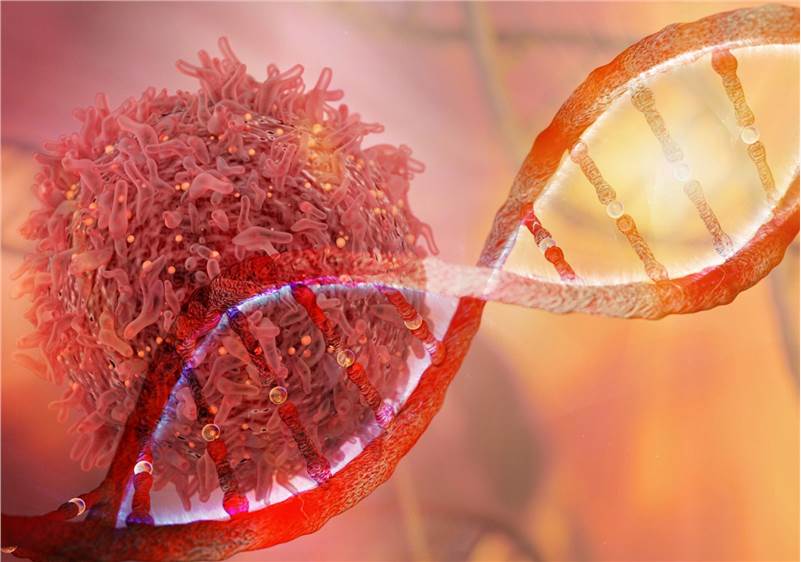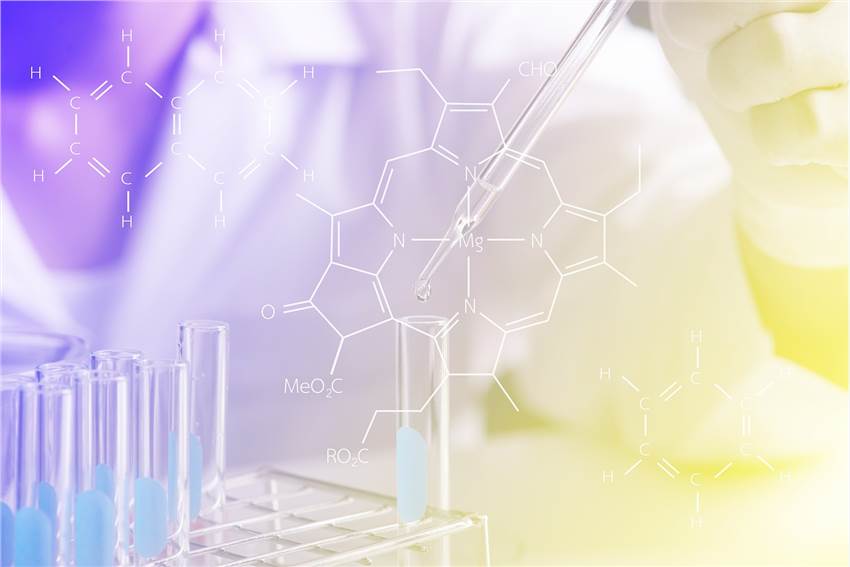Innovative drug development capabilities have been increasing in recent years, and the field of antineoplastic drug development is particularly active. Information from pharmacodynamic (PD) studies in the non-clinical phase is an important basis for evaluating whether a new compound can enter the clinic and how to proceed with subsequent clinical trials.
With this in mind, Our company provides our customers with best-in-class PD evaluation solutions for antineoplastic drugs that comply with international new drug research standards. Our non-clinical PD studies of antineoplastic drugs are designed and conducted in conjunction with compound characteristics and proposed clinical protocols to explore the mechanism of action, antitumor activity, and time dependence of drug efficacy in the preclinical setting.

PD Research Services
Our company provides PD evaluation services in the following areas:
PD evaluation of antineoplastic drugs
- In vitro and in vivo PD evaluation of chemically synthesized drugs, genetically engineered drugs, gene therapy drugs, antibody drugs, cell therapy products, natural drugs and herbal extracts.
- Evaluation of the tumor therapeutic effects and action characteristics of various drugs.
Research on the mechanism of action of antitumor drugs
To elucidate the mechanism of action, signaling pathways and molecular targets of drugs, etc.
In vivo antitumor drug efficacy study in live animals
- The effect of drugs on tumor generation, growth and metastasis in animals.
- Absorption, distribution and metabolism of antibodies and other biomolecules in animals.
Pre-clinical drug efficacy experiments for new drug declaration
Complete the preclinical PD evaluation of anticancer drugs in accordance with the latest guidelines for new drug declaration, and organize and complete all the declaration materials.
The following animal models of tumor diseases can be established:
| Subcutaneous graft tumors | Cell-derived xenograft (CDX) models, patient-derived xenotransplantation (PDX) models |
| In situ graft tumors | (brain, lung, liver, ascites tumors, etc.) We have in vivo imaging capabilities |
| Tumor immunotherapy mouse models | Immune reconstituted mouse tumor model, homologous transplantation mouse model, genetically engineered modified humanized model in vitro assays (cell uptake, cytotoxicity, cell invasion and metastasis, etc.) |
Our Technical Tools
- Various IC50 analysis methods, cell colony formation, flow cytometric analysis, etc.
- Gene microarray analysis of drug action, analysis of drug action targets and signaling pathways.
- In vitro assays such as tumor cell gene, surface marker and enzyme analysis, cell marker analysis, as well as cell and tissue binding assays.
- Various subcutaneous and in situ transplanted tumor and metastatic tumor models in nude mice, as well as mouse tumor models.
- Anatomy and analysis of various animal pathologies.
- Routine paraffin sectioning, hematoxylin-eosin (HE) staining.
- Histochemistry, immunohistochemical staining, immunohistochemistry.
- A variety of live animal imaging analyses.

General Considerations for Non-clinical PD Studies
Compounds obtained based on targeted screening for the target of action
Their efficacy in vitro and in vivo should be no poorer than that of similar medications at tolerated doses for compounds that are already on the market or in clinical development.
- If non-clinical investigations indicate a higher activity, resistance, target specificity, etc., confidence in the compound's clinical development will be increased.
- If the non-clinical activity is weaker than frequently used therapeutic agents, the relationship between the compound's mechanism of action and tumorigenesis should be given high priority to support the determination of its efficacy potential and clinical value..
Compounds obtained from non-target-based screening
For such compounds, preclinical efficacy screening suggests an antitumor effect, but the mechanism of action is unclear. In general, the tumor suppressive effect on xenograft models is the main indicator for efficacy evaluation.
- If the potency is relatively strong, then even if the mechanism of action is unclear, it may suggest some clinical development value and the mechanism of action can be investigated in depth during the clinical period.
- If the efficacy is weak, researchers need to explore which tumor disease mechanisms are related to the mechanism of action of the compound and evaluate whether the weak efficacy is mechanism-based or compound structure-based.
If you are looking for the best solution in the field of PD studies of drugs for human use, please feel free to contact us.
Related Solutions
It should be noted that our service is only used for research, not for clinical use.


